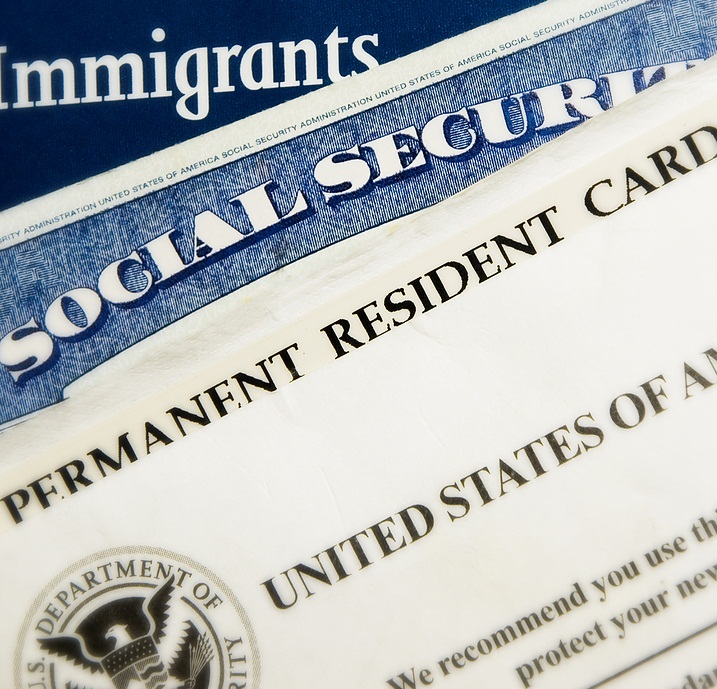The green card lottery, or Diversity Visa program, has been taking place in the United States for over twenty years.
It was established in the 1990 Immigration and Nationality Act during Bush Sr.’s administration and signed on November 29, 1990. The act set a higher overall limit on admissions.
What Did the 1990 Immigration and Nationality Act do?
Before this Act was passed, 54,000 visas were available per year for employment-based immigrants. The Act allowed up to 140,000 visas and it placed emphasis on skilled migrants.
The Act created three separate categories for admission to the United States: the family-sponsored, the employment-based, and the diversity category of immigrants.
Even though the allocation of diversity visas came out of this act, it wasn’t until 1995 that the diversity quota was set to 55,000.
This meant a lot at a time when a much greater number of immigrants were being admitted through the family-sponsored program on the basis of reunification as opposed to immigrants admitted on an independent non-family basis.
Diversifying the Country: Admission of Natives of Underrepresented Countries
The 1990 Immigration and Nationality Act also stated that the data of the previous five years had to be compiled every year to determine the total number of admitted immigrants with lawful status from every country.
It said that every country that had greater than 50,000 admitted people would be considered a high-admission state and no diversity visas could be given to natives of high-admission states.
The diversity visas were still somewhat considered to be employment-based visas. The stipulations said that in order to qualify for one, the immigrant must have a high school diploma or its equivalent, at least two years of work experience and two years of training at that job.
What’s Happened to the INS Agency Since the 1990 Act?
The Immigration and Naturalization Service, INS, was established in 1933.
It was once known as the office of Superintendent of Immigration, which was created in 1891 around the time when the United States was experiencing a spike in immigration.
This office was eventually split into different Bureaus and then consolidated into a single agency, the INS.
When the Department for Homeland Security, DHS, was created in 2003 as a response of the attacks on the World Trade Center of September 11, 2001, the duties of the INS were given to the DHS and the INS stopped existing.
The DHS then created three agencies: the U.S. Citizenship and Immigration Services, the USCIS; the U.S. Customs and Border Patrol, the CBP; and the U.S. Immigration and Customs Enforcement, the ICE.

